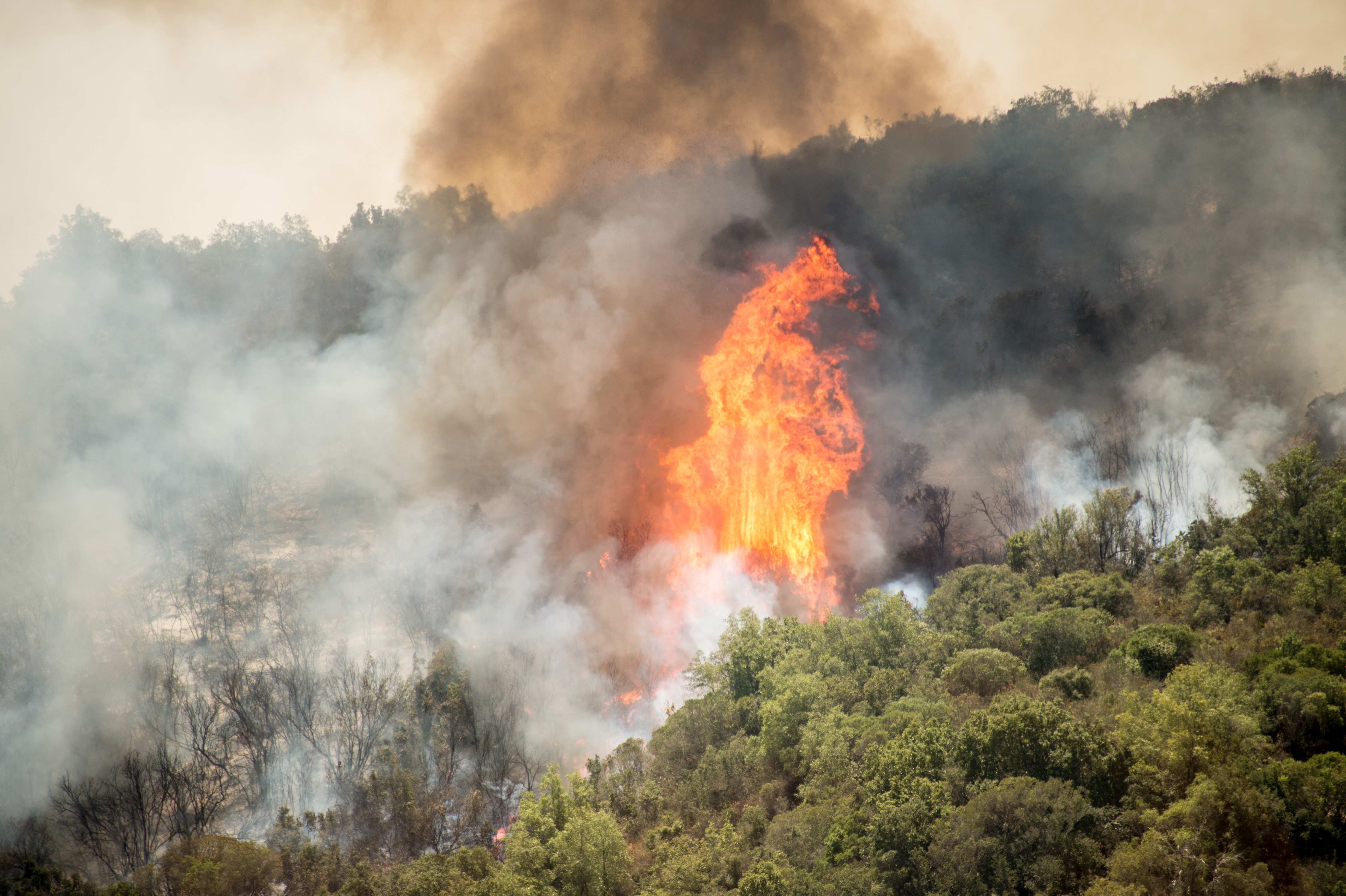
The Chilean government declared a state of emergency in several central areas due to forest fires that have destroyed more than 35,000 hectares of woods so far. / AFP PHOTO /
by Miguel SANCHEZ
Agence France Presse
SANTIAGO, Chile (AFP) — Vast woodland fires in the center and south of Chile have caused “the biggest forestry disaster in our history,” President Michelle Bachelet said Monday, canceling a trip abroad to supervise the emergency.
A total of 130 square kilometers (500 square miles) have been charred, mainly in sparsely populated rural areas, according to the National Emergency Office.
Although most of 150 fires that broke out this summer season were under control or extinguished, 48 are still raging.
Three firefighters have died and another three were wounded battling the flames.
Soldiers and dozens of aircraft have been brought in to help.
Bachelet scrapped a trip to the Dominican Republic for a summit of Latin American and Caribbean leaders in order to oversee the official response.
Mexico and Argentina responded to an international call for assistance from Santiago by lending fire fighters.
In the central regions of O’Higgins and El Maule, the fires were considered the worst in the past 50 years, and a “state of catastrophe” has been declared for them.
Fires are common in Chile’s parched woods during summer. Most are caused by human activity.
But this year was considered worse because of a drought that has built up over the past eight years, attributed to climate change. A 10-day run of high temperatures also contributed.
“What is obvious is that Chile is facing nature that is stressed, and that is why each time there are conditions for forest fires, and they are growing in a dangerous fashion,” said Matias Asun, the country director of the environmental group Greenpeace.
© 1994-2017 Agence France-Presse






